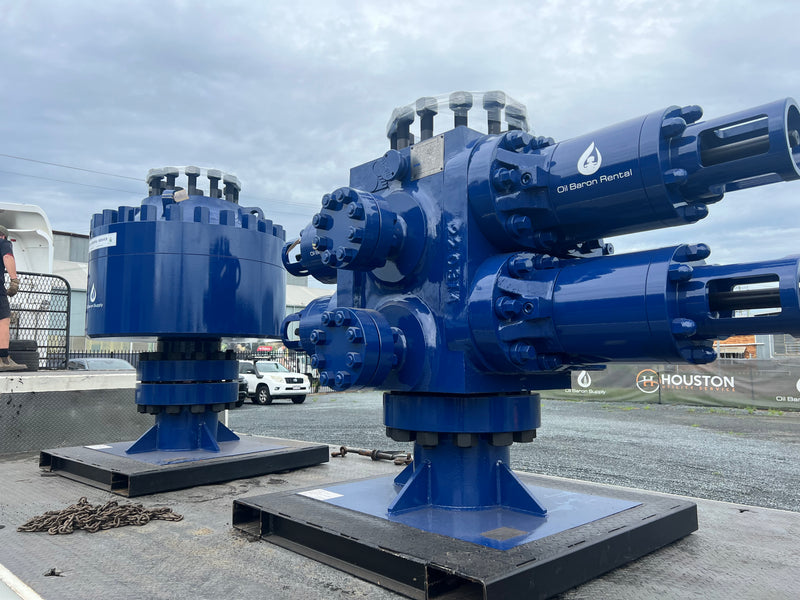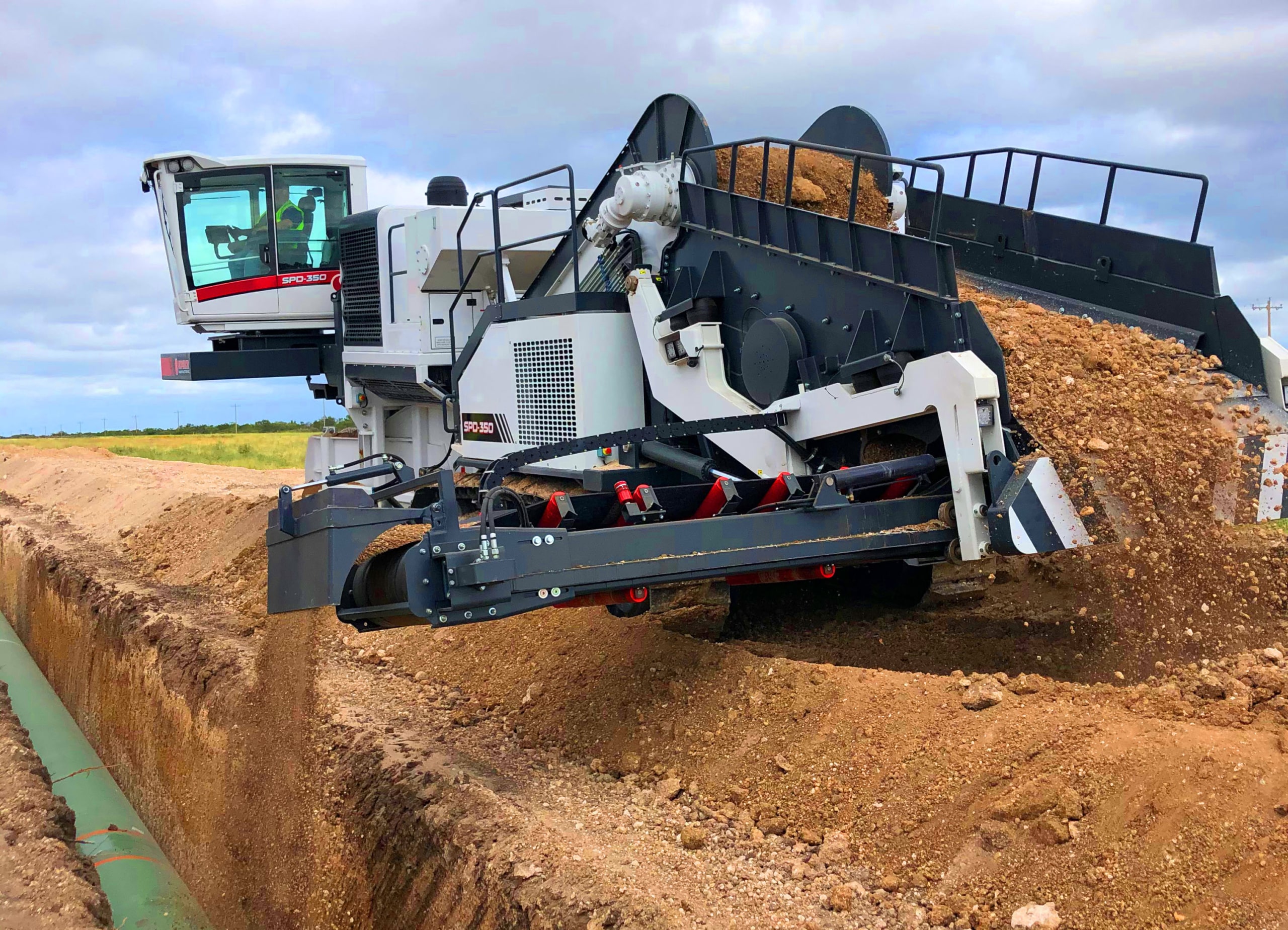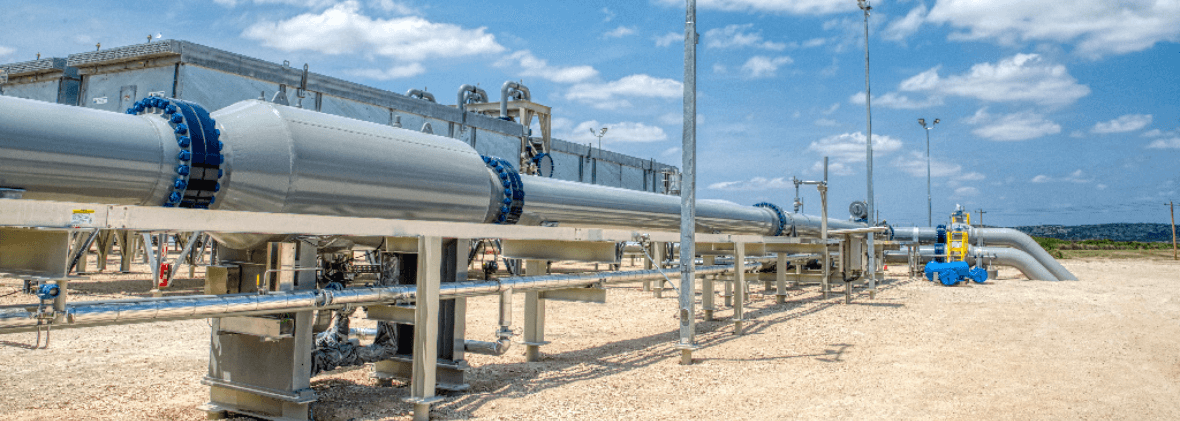Superior rentals squeeze tools: importance in safety you should know
A Comprehensive Guide to the Numerous Kinds Of Oil Field Equipment and Pipeline Equipment Available
The oil and gas industry counts greatly on specialized equipment for efficient removal and transport. Various types of equipment, from drilling rigs to tank, play important roles in this complex process. Each tool serves distinctive features that contribute to total operational success. Recognizing these parts is necessary for anybody involved in the field. As the market evolves, so as well do the technologies that sustain it. What developments are on the perspective?

Drilling Rigs: The Backbone of Oil Expedition
Drilling rigs serve as the vital machinery in the domain of oil expedition, making it possible for firms to gain access to hydrocarbon gets hidden deep below the Earth's surface area. These rigs can be found in different types, consisting of land rigs, offshore rigs, and mobile devices, each made to run in certain atmospheres. Equipped with innovative modern technology, drilling rigs can penetrate geological developments with accuracy, making sure efficient source extraction. The structural stability and operational capacities of these rigs are vital, as they should withstand severe conditions and substantial pressures. The option of an exploration rig influences the overall job price and timeline, making it an essential factor to consider for oil companies seeking to maximize their exploration efforts and make best use of productivity in their procedures.
Pumps: Essential for Fluid Motion
In the oil removal procedure, the role of pumps is considerable, promoting the movement of fluids throughout different phases of manufacturing. Pumps are important for delivering unrefined oil, water, and other liquids from underground tanks to the surface area and afterwards via pipelines to refineries. They can be found in numerous kinds, including centrifugal, positive displacement, and submersible pumps, each serving particular functions based on the fluid qualities and operational demands. Centrifugal pumps are generally made use of for their performance in high-flow applications, while favorable variation pumps succeed in taking care of thick liquids. The option of pump effects general effectiveness, functional security, and maintenance costs. Proper selection and upkeep of pumps are essential for maximizing manufacturing and lessening downtime in oil field operations.
Valves: Managing Flow and Pressure

Valves play an important function in managing the circulation and stress of fluids within oil areas and pipes. Various types of shutoffs serve distinctive applications, each developed to fulfill specific features essential for effective procedure - Superior Oilfield Rentals Texas. Understanding the attributes and uses these shutoffs is crucial for maximizing system efficiency and safety and security
Kinds of Valves
Vital components in oil field operations, valves play an important function in managing the flow and pressure of fluids within pipes and tools. Different kinds of shutoffs are used to meet the diverse demands of oil and gas manufacturing. Typical types include entrance valves, which offer a straight-line circulation and marginal stress decline; world shutoffs, recognized for their throttling capacities; and ball valves, recognized for their quick on/off control. Furthermore, check valves stop backflow, while butterfly valves supply a lightweight solution for controling flow. Each shutoff kind is developed with details materials and setups to hold up against the severe conditions commonly located in oil fields, ensuring integrity and effectiveness in procedures. Understanding these types is vital for efficient system management.
Valve Applications and Features
While numerous kinds of valves serve distinctive objectives, their main applications revolve around regulating circulation and pressure within oil and gas systems. Shutoffs such as entrance, globe, and round valves regulate liquid movement, ensuring peak efficiency and safety. Gateway shutoffs are commonly made use of for on/off control, supplying minimal circulation resistance. Globe shutoffs, on the other hand, deal precise circulation policy, making them ideal for throttling applications. Round valves are preferred for their quick procedure and tight sealing capabilities. On top of that, stress relief shutoffs are vital for preventing system overpressure, safeguarding tools integrity. Generally, the suitable choice and application of valves enhance functional performance, making sure the dependable transportation of oil and gas via pipelines and handling centers.
Compressors: Enhancing Gas Transport
Compressors play a critical role in the effective transportation of gas, guaranteeing that it relocates efficiently through Home Page pipelines over long ranges. These tools increase the pressure of all-natural gas, permitting it to overcome friction and elevation modifications within the pipeline system. Furthermore, compressors promote the balancing of supply and demand, fitting changes in usage and manufacturing prices. Numerous sorts of compressors are employed in the industry, including centrifugal, reciprocating, and rotary screw compressors, each offering distinct benefits based upon the functional requirements. Regular maintenance of these compressors is necessary to take full advantage of performance and minimize downtime, ultimately contributing to a trusted gas transportation network. Their crucial function highlights the value of compressors in the total oil and gas framework.
Storage Tanks: Safe and Reliable Liquid Monitoring
Effective transportation of gas counts on numerous sustaining systems, among which is the correct monitoring of storage space containers. These storage tanks play a necessary function in securely consisting of liquids, guaranteeing that operational efficiency is maintained while minimizing ecological threats. Built from resilient products, they are designed to hold up against high stress and harsh aspects. Correctly sized and tactically located, tank help with the smooth flow of gas and various other fluids, avoiding bottlenecks in supply chains. Normal upkeep and monitoring are vital to discover leaks or architectural problems, advertising security and compliance with governing requirements. Ultimately, the reliable administration of tank is vital for the overall honesty and dependability of the oil and gas sector's fluid handling systems.
Pipeline Systems: Facilities for Transportation
Pipeline systems offer as the backbone of the oil and gas sector, helping with the reliable transportation of hydrocarbons over substantial distances. These systems include different components, including pipelines, valves, pumps, and compressors, all diligently developed to assure seamless circulation. The materials utilized in pipeline construction, commonly steel or high-density polyethylene, are selected for toughness and resistance to corrosion. Pipeline networks can extend across land and water, linking manufacturing sites to refineries and circulation facilities. Additionally, visit their website advanced modern technology allows real-time surveillance of flow rates and stress levels, enhancing functional performance. The critical positioning of these pipes minimizes environmental effect while taking full advantage of source accessibility, thus playing a necessary role in meeting energy demands internationally.
Safety And Security Equipment: Ensuring Worker and Environmental Protection
The operation of pipeline systems, while necessary for power transport, additionally offers substantial safety and security challenges for workers and the environment. Safety equipment plays a significant role in reducing these dangers. Personal protective equipment (PPE) such as helmets, gloves, and non-slip footwear safeguards employees from physical hazards. Additionally, gas discovery systems check for leakages, making certain that unsafe materials do not posture a hazard to employees or the bordering environment. Emergency shutdown systems are vital for rapidly halting procedures throughout a dilemma, avoiding potential disasters. Spill control products, including absorbents and obstacles, are basic for lessening environmental impact. On the whole, spending in all-inclusive safety tools is essential for preserving operational honesty and securing plumbing line both workers and the setting in the oil and gas market.

Often Asked Inquiries
How Do I Select the Right Oil Field Equipment for My Job?
Picking the right oil field devices includes reviewing project specifications, budget plan restrictions, and functional needs. Consider factors such as equipment dependability, compatibility with existing systems, and the distributor's track record to assure peak performance and safety.
What Are the Maintenance Requirements for Oil Field Equipment?
Maintenance demands for oil field devices consist of routine assessments, lubrication, and prompt fixings. Operators should also stick to manufacturer guidelines, monitor performance metrics, and guarantee conformity with safety and security laws to boost long life and performance.

How Can I Make Certain Compliance With Environmental Rules?
To guarantee conformity with environmental laws, companies have to carry out normal audits, execute ideal methods, invest in training, preserve proper paperwork, and remain updated on regulation (Superior Oilfield Rentals). Partnership with ecological agencies can likewise boost adherence to regulations
What Is the Typical Life-span of Pipeline Equipment?
The average lifespan of pipeline devices commonly ranges from 20 to 50 years, relying on variables such as material high quality, ecological problems, and upkeep practices. Normal evaluations can considerably affect longevity and operational effectiveness.
Just how Do I Safely Deliver Oil Field Equipment to Remote Locations?
Moving oil field equipment to remote locations needs cautious preparation, consisting of path analysis, safeguarding authorizations, making use of appropriate vehicles, and guaranteeing safety protocols are complied with. Appropriate training and communication among crews are important for successful transportation.